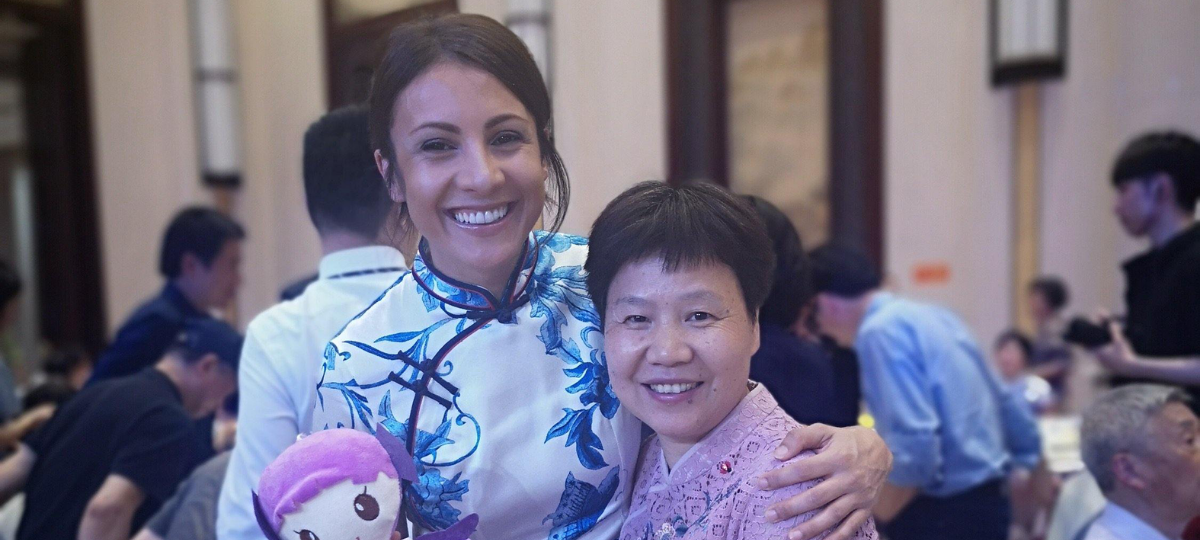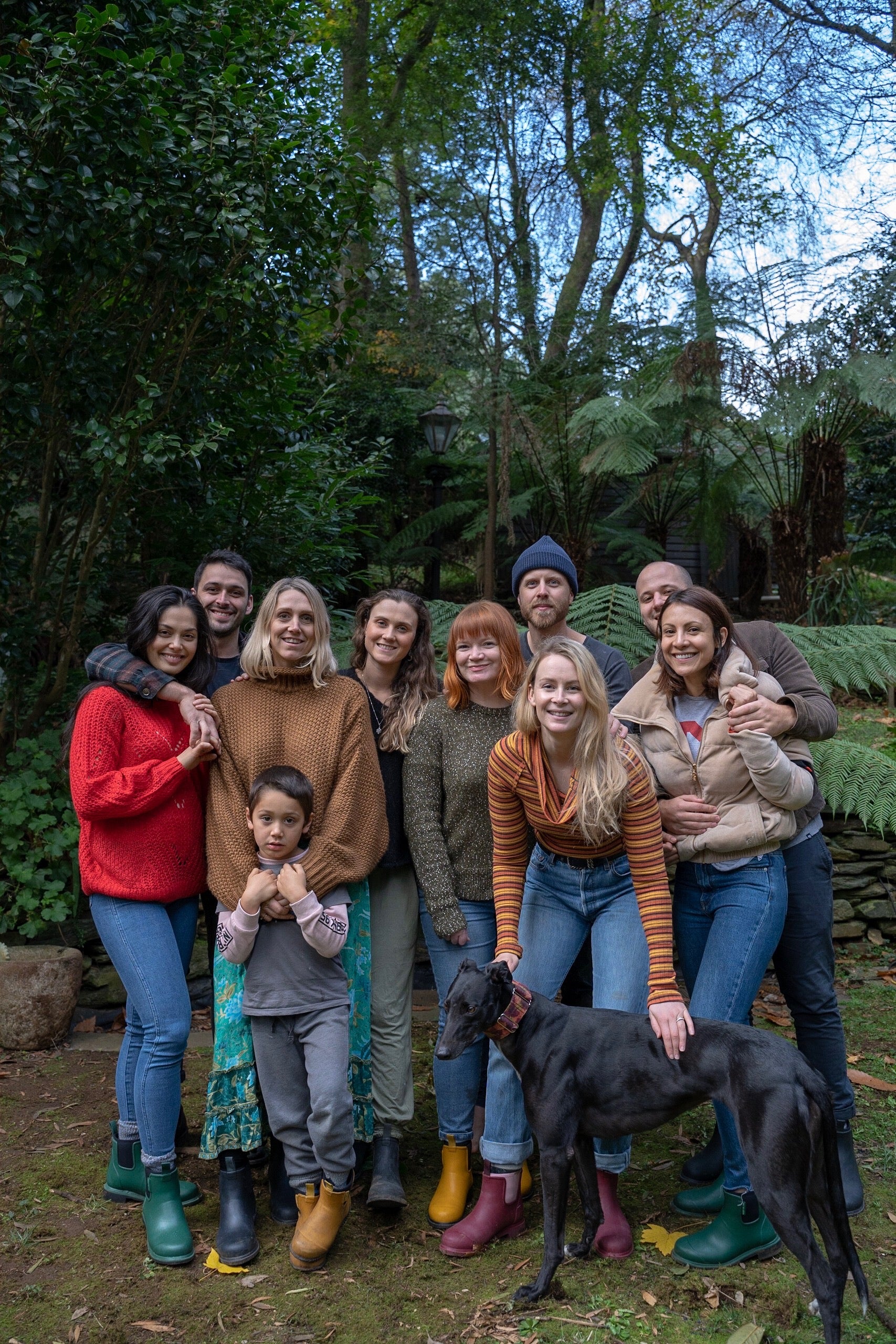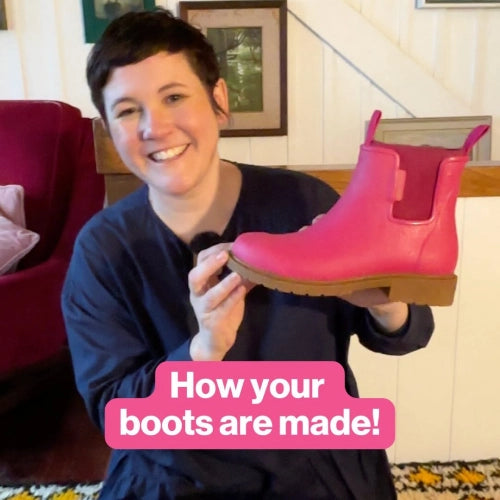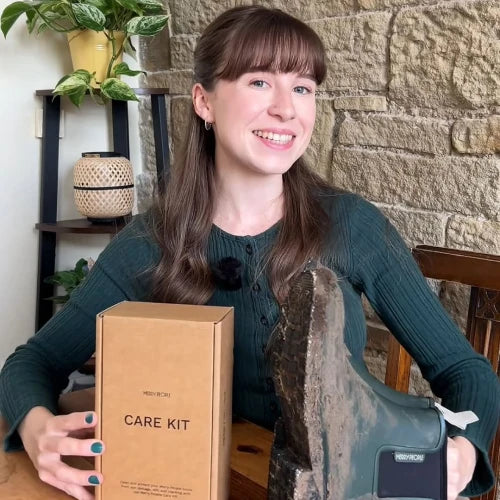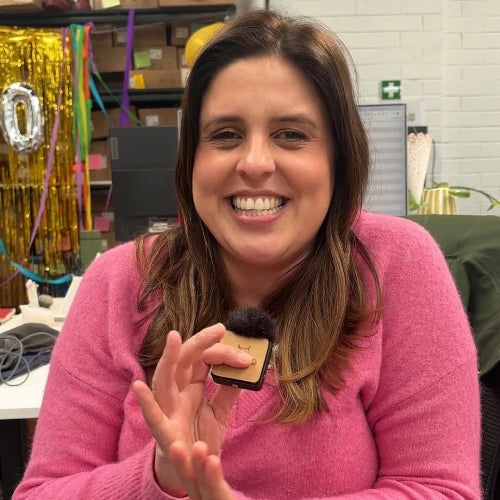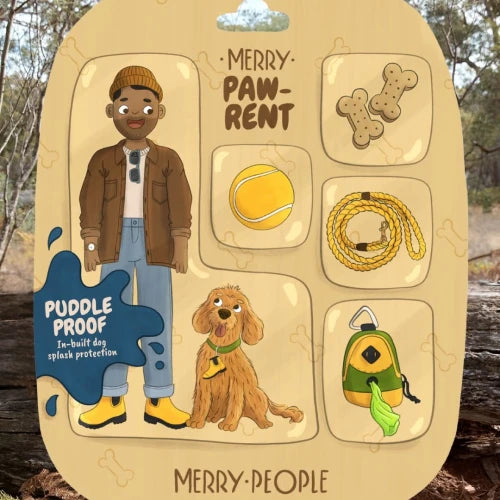How to Build a Good Relationship with your Supplier as a Startup
As a growing startup, I am often asked for advice and tips on how to build a good relationship with my suppliers. It is not always an easy journey - regardless of if you are sourcing domestically or internationally, there are often many challenges in building a good relationship and mutual understanding. But, creating and nurturing a strong relationship with your suppliers is as essential to growth as marketing - without a good supplier you have no product!
Starting Merry People was not as easy as snapping my fingers; I was a new entrepreneur. I had no experience in running or growing a company, Merry People is bootstrapped and not backed financially by a retail investor, and we don’t have contracts with major department stores. On top of those hurdles, Australia doesn't have a lot of people or rain! So, taking the leap into producing gumboots came with a lot of risks and challenges. It also made me a high-risk customer for any factory.
Presently, Merry People are manufactured at a family-owned company in China. Last weekend, I was fortunate to be invited to their son’s wedding. It was such a special experience for me and made me realise how far I had come in my merry journey. It also made me appreciate the strength of my supplier relationship and how it progressed over the last five years.
From these reflections, I would like to share the reasons why I think sourcing from China has worked for us and the tips I have learned over the years to develop a great supplier relationship with our factory.
1. Shared Vision
At the outset, I spoke candidly with the factory about my long-term goals for Merry People. I painted a picture for them of Merry People -- our niche in the Australian market, my plans to one day take Merry People global, how Merry People is different from its competitors, and where we fill a gap in the boot market. I presented a document with three, five, and ten year plans to show growth. I was open, honest, and respectful and proved to them that I had the ambition and actions in place to grow with them. I got them on board with my vision.
And yes, integral to this when working overseas is to have a great domestic Agent who can help you navigate any language and cultural barriers!
2. Understanding Our End Customer
Once the factory signed onto my vision, I worked with them regularly to help understand our end customer. Anytime you’re outsourcing manufacturing, I think it is imperative that the maker understands the end user - Who are they? Where do they wear the boots? How much time do they have for boot care? What are they willing to pay? All these questions and more will help your supplier have more context for your visions.
Depending on what you're selling, your supplier might have more expertise than you in the product capabilities and the technology available. By giving them context to the attributes that are most important to your customer, they can help ensure that technical requirements are appropriate and guide you towards an possible improvements and innovations.
By understanding our end user, our factory was able to assist in design and creating the perfect mould to allow our rain boots to suit most people.
3. Continue to Work and Invest in The Relationship
Sourcing is not a set and forget activity.
This is especially true if you're a small startup or new entrepreneur. Realistically, you need their business more than they need yours, so you need your suppliers to be on your side and see you as a great investment of their time and knowledge.
After the initial process of establishing a relationship with our suppliers, I continue to invest in that relationship. I visit the factory at least two times of year and have regular emails and calls with our factory and agent. I have stayed open minded and invested time in learning how to work better with them. I have found that clear and regular communication is essential; it is important to have a timeline for everything and staying super connected to how production and samples are progressing. We are now planning our orders 8-12 months in advance which keeps expectations balanced.
Working with any supplier can be challenging. Adding in the next layer of cultural and language barriers makes it even harder; one minute we are all smiles and rice wine, then the next minute there is tension and the conversation becomes more heated! I have learnt that it will never be completely smooth sailing, I need to always anticipate things not going to plan, and be willing and able to stay agile and communicative about my plan, goals, and needs.
In my experience as a growing startup, it doesn’t matter how clever you are with your marketing or how many sales you’re getting; if you don’t have a quality product that stacks up, I don’t think you have a business with longevity. Thus, creating and building a strong relationship with our suppliers to ensure quality has been very important to me!
If you’re about to embark on a sourcing journey with an overseas supplier, I hope this has helped!
Xx Danielle Holloway, CEO + Founder, Merry People


